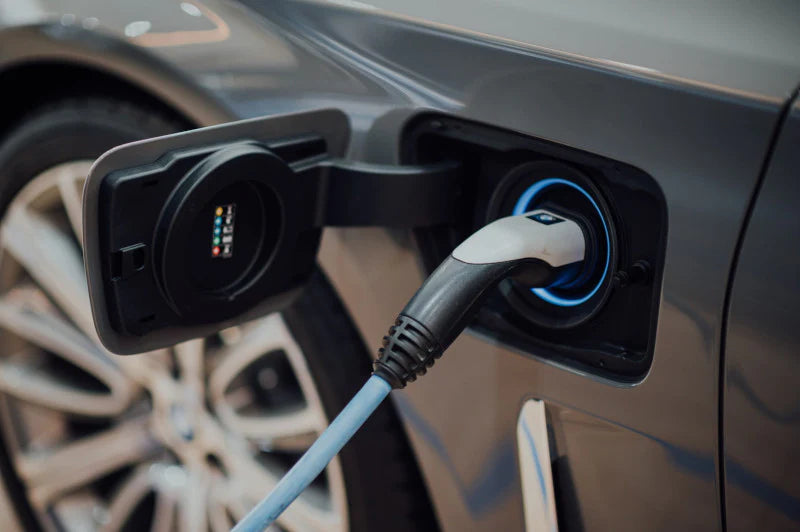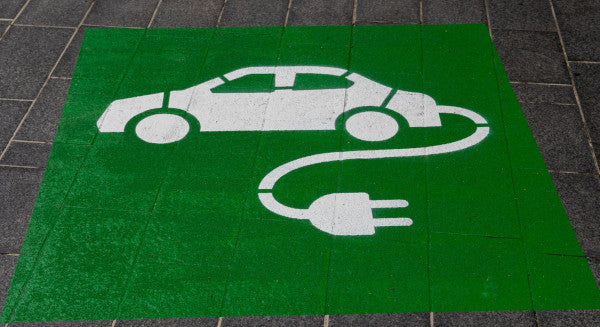
You plug in your electric vehicle (EV) to charge, and nothing happens. Before you start panicking, take a deep breath and remember that we've got your back. In this helpful guide, we'll walk you through some common issues with EV charging cables, troubleshooting tips, and when it might be time for a replacement. Together we’ll get you back on the road in no time!
Charging Curveballs: Common EV Charging Cable Issues
First, let's take a look at some of the typical problems you might encounter with your EV charging cable and their possible causes:
No Power: If your cable isn't delivering power to your vehicle, it could be due to a damaged cable, connector, or an issue with the charging station.
Intermittent Charging: If your charging is inconsistent, it could result from a loose connection, a faulty cable, or a problem with the charging station.
Slow Charging: In some circumstances, slower charging is normal. For example, charging will often slow down once the vehicle battery reaches 80%. However, slower-than-normal charging could also stem from a damaged cable, inadequate power supply, or issues with the vehicle's charging system.
Corrosion: When the electrical contacts get wet, corrosion occurs which can lead to any of the faults listed above. Keeping your cable dry when not in use is the best way to prevent corrosion. If you see a green/blue substance on the electrical contacts, it is recommended to use a contact cleaner which can remove most of the residue and keep your cable operating at its best.
Powering Up: Troubleshooting Tips for Your EV Charging Cable
Now that we've identified some common issues, let's dive into some troubleshooting solutions.
Check the compatibility
Not all EV cables are the same. If you’re trying to use a charging cable or charging voltage that is incompatible with your vehicle or charging station, you won’t be able to charge up. Find out if you’re using the right charging cable with our handy connectors guide.
Reset Your Charging Equipment
The issue may just be that the cable hasn’t been correctly connected to the vehicle or charging station or that there is something blocking the connection. In this case, unplug your cable, check there’s no debris in your charging port or on your cable connectors, and try reconnecting the cable.
Examine Your Cable
If you have a compatible cable but your EV isn’t charging, there may be an issue with the cable itself. Check along the length of your cable and the cable connectors for any visible signs of damage, such as fraying, kinks, bent connector pins or corrosion on the electrical contacts.
Avoid Using Extensions
For safety reasons, extension cables are not compatible with the higher currents that are usually used by home and rapid charging stations. Using an extension cable to charge your EV is not likely to work (and it’s dangerous if it does work).
You have two options instead of using an extension cable. You could simply move your EV closer to the charging point so that your cable comfortably reaches without needing an extension. The second option is to buy a longer charging cable. Most charging cables come in 5m or 10m lengths. But this doesn’t have to be the case. At EV Cables, your cable can be anywhere from 2m long to 50m long. Therefore, if you’re not able to park closer to the charging station, a longer cable can be bought to keep you safe and your vehicle charged up.
Test the Charging Station
Sometimes the issue is with the charging station itself. This is more likely to be the case with public charging stations but could still be an issue at your home charging station. To identify if the issue is with the charging station, try plugging your cable into a different charging station. If your EV charges when plugged into another station, the issue was likely the original charging station. If you come across a public charging station that isn’t working, you should report the issue to the operator. If it’s your home charging station that has an issue, you may need to contact a specialist to explore the issue.
Another possible issue that could prevent your EV from charging is if your public charging station payment hasn’t gone through. This could be because your RFID card doesn’t have enough funds on it or because you need to verify your payment in your app.
Disable the Charging Timer
Many EVs automatically have a charging timer set so that it charges overnight (costing you the least money in electricity). However, this can be frustrating if you want or need to charge your EV during the day. Don’t worry, we have some easy fixes to help you overcome this issue.
The charging timer will either be set within the vehicle or on an app. If it’s on an app, simply go onto the app and adjust the timer. Just remember to adjust the timer back after you’re finished charging if you want your EV to return to only charging at set times.
If the charger timer is set within the vehicle, this can be overridden by following these steps:
- Park up and turn off the vehicle.
- Open the charger door.
- Press the timer override button on the EV dash.
- Start charging your vehicle within 15 minutes (otherwise the timer will automatically reset and you’ll need to start these steps again).
Some EVs (like Teslas) will allow you to override the charging timer simply by plugging in and pressing the start charging button in the app or on the EV dash. To find out the best way to override the charging timer for your EV, check your vehicle owner’s manual.
Contact Support
If you're still experiencing issues, reach out to your cable manufacturer or vehicle manufacturer for assistance.
Caring for Your Cable: How to Prevent Issues Before They Occur
You’ve spent a lot of money on your EV, charging station, and charging cable, don’t put it all to waste by not properly caring for it. It’s important to regularly check your EV cable for damage so any issues can be identified and dealt with quickly.
Caring for your cable also means storing it properly. Use a protective bag, an EV reel or a cable tidy to avoid any cable tangles and accidental damage that your cable could suffer if left lying around.
Time for a Change? When to Replace Your EV Charging Cable
If you've exhausted all troubleshooting options and your cable is still not working, it might be time for a replacement. Consider the following factors when choosing a new cable:
Age and Wear: If your cable is showing significant signs of wear or is several years old, it's likely time for an upgrade.
Compatibility: Ensure the new cable is compatible with your vehicle's charging port and preferred charging stations.
Warranty and Support: Look for a reputable manufacturer that offers a warranty and comprehensive customer support, like EV Cables.
Conclusion
Troubleshooting your EV charging cable doesn't have to be a daunting task. With proper care and maintenance, you can minimise issues and maximise your cable's lifespan. However, if you do encounter problems, don't hesitate to seek help from professionals or consider a replacement when necessary.
Need a new EV charging cable or expert support? Look no further than EV Cables - where you'll find reliable, high-quality cables backed by our warranty and dedicated customer service. Shop now and power up with confidence!




Zostaw komentarz
Wszystkie komentarze są moderowane przed opublikowaniem.
Ta strona jest chroniona przez hCaptcha i obowiązują na niej Polityka prywatności i Warunki korzystania z usługi serwisu hCaptcha.